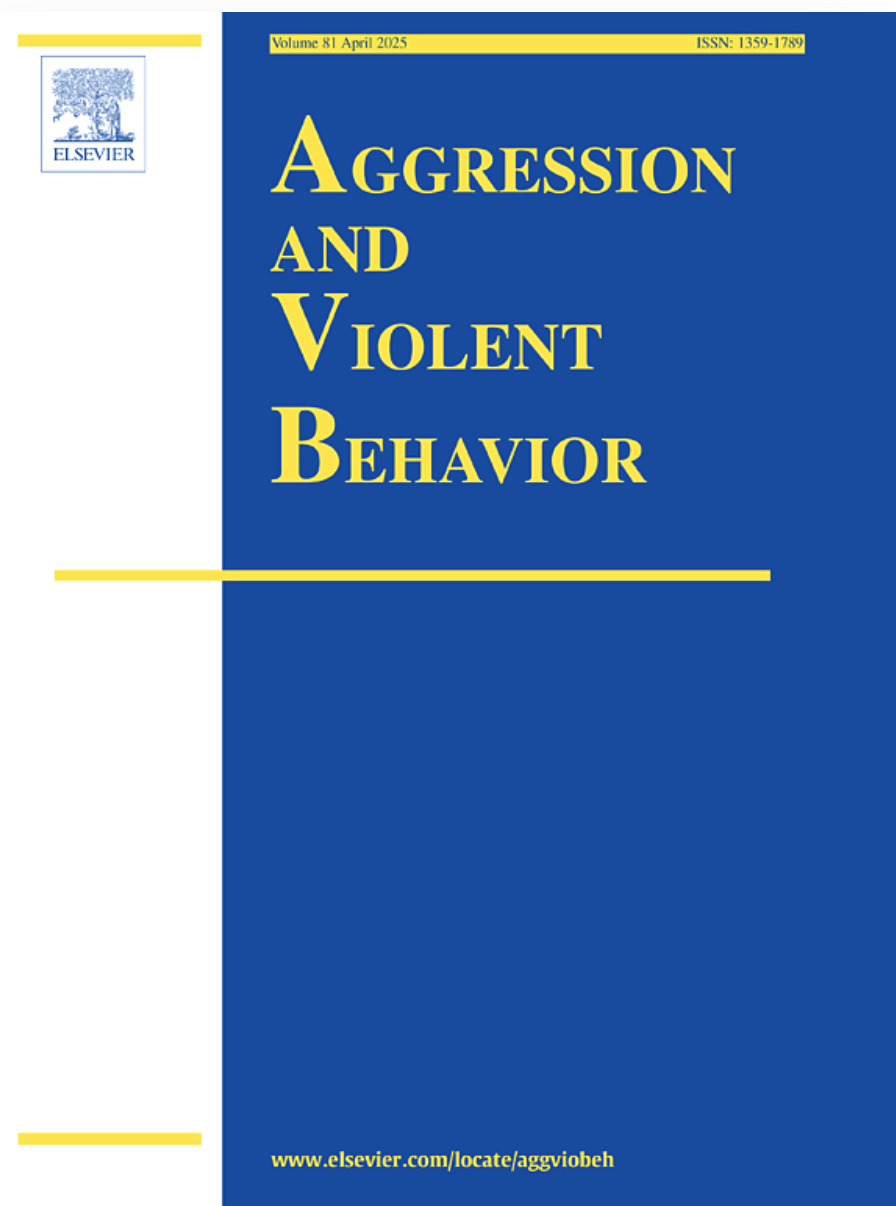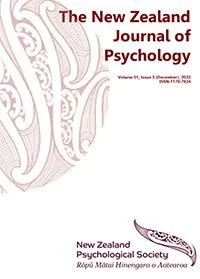
Forensic psychology
Examines the systemic factors contributing to the over-representation of Māori in the justice system. Advocates for the use of culturally grounded approaches such as restorative justice, whānau-centred solutions, and kaupapa Māori programmes. Highlights the potential of these models to restore mana and support community-based rehabilitation.
Literature - Articles & Books
Wearmouth, J., McKinney, R., & Glynn, T. (2007)
Restorative justice in schools: A New Zealand example. Educational Research, pages 37-49
Many responses to students whose behaviour is considered unacceptable at school fail because they treat young people as isolated individuals and do not operate in the context of the community of people who know and care about them. In some parts of the world there is a move towards exploring how to support such students by moving away from retributive justice and the primacy of assigning blame and punishment to an alternative means of preventing, managing and controlling behaviour by establishing partnerships with students' home communities. One such approach is restorative justice.
Strauss-Hughes, A., Ward, T., & Neha, T. (2022)
Considering practice frameworks for culturally diverse populations in the correctional domain. Aggression and Violent Behaviour,
Critical issues with offender intervention development and cultural responsivity
Inequities in the treatment of indigenous knowledge systems compared to Western scientific knowledge systems
The potential of ‘cultural collaboration’ in intervention development
The Good Lives Model and Te Whare Tapa Whā, an indigenous Māori model of human functioning
Skogstad, P., Skogstad, I., & Britt, E. (2005)
Taha Māori and Aotearoa/ New Zealand clinical psychology : developments at the University of Canterbury. New Zealand Journal of Psychology, pages 58-63.
Explores how Māori remain disproportionately affected by negative social outcomes and are less likely to use mainstream mental health services. Clinical psychology training in New Zealand has historically lacked Māori representation and culturally specific skills, though recent efforts aim to address this through curriculum changes and integration of Māori perspectives. Long-term success depends on creating an environment that attracts more Māori students while equipping non-Māori practitioners to work effectively with Māori communities.
Department of Corrections (2007)
Over-representation of Māori in the criminal justice system: An exploratory report.
Māori are disproportionately represented in criminal justice statistics to an alarming degree. This paper attempts to shed light on why this is so. It examines the issue by considering the evidence for two different (though not mutually exclusive) explanatory approaches:
That bias operates within the criminal justice system, such that any suspected or actual offending by Māori has harsher consequences for those Māori, resulting in an accumulation of individuals within the system; and
That a range of adverse early-life social and environmental factors result in Māori being at greater risk of ending up in patterns of adult criminal conduct.
Videos
Frank - Stories from the South
Why does New Zealand imprison so many Māori?
In 1989, Kim Workman was the first Maori to be appointed operational head of New Zealand prisons but, today, the prison reformist believes the institutions should be abolished. Frank Film’s latest two episodes in its Changing South series, put the spotlight on the growth of Maori incarceration since European settlement and include an extended interview with Workman to better understand how Maori have become one of the most incarcerated, indigenous people in the world.
References
Journal Articles & Reports:
Strauss-Hughes, A., Ward, T., & Neha, T. (2022). Considering practice frameworks for culturally diverse populations in the correctional domain. Aggression and Violent Behavior, 63, 101673-. https://doi.org/10.1016/j.avb.2021.101673
Skogstad, P., Skogstad, I., & Britt, E. (2005). Taha Māori and Aotearoa/ New Zealand clinical psychology : developments at the University of Canterbury. New Zealand Journal of Psychology (Christchurch. 1983), 34(1), 58–63.
Wearmouth, J., McKinney, R., & Glynn, T. (2007). Restorative justice in schools: A New Zealand example. Educational Research, 49(1), 37–49. https://doi.org/10.1080/00131880701222606
Department of Corrections. (2007a). Over-representation of Māori in the criminal justice system: An exploratory report. Wellington, New Zealand: Department of Corrections.
Videos:
Frank. (2023). Why does New Zealand imprison so many Māori? [Video]. YouTube. https://youtu.be/eEWwZ2HHveQ?si=8X9vNuRzlG16QQ6k
Cover image credit: Photo by Tingey Injury Law Firm on Unsplash






